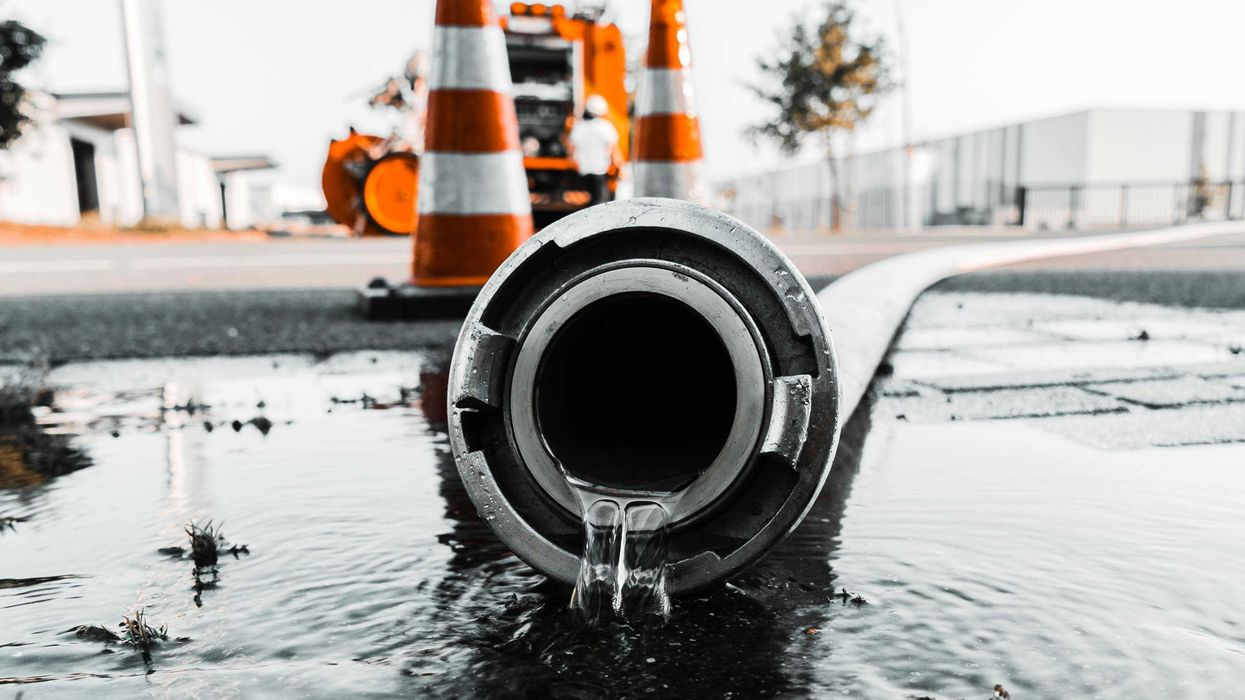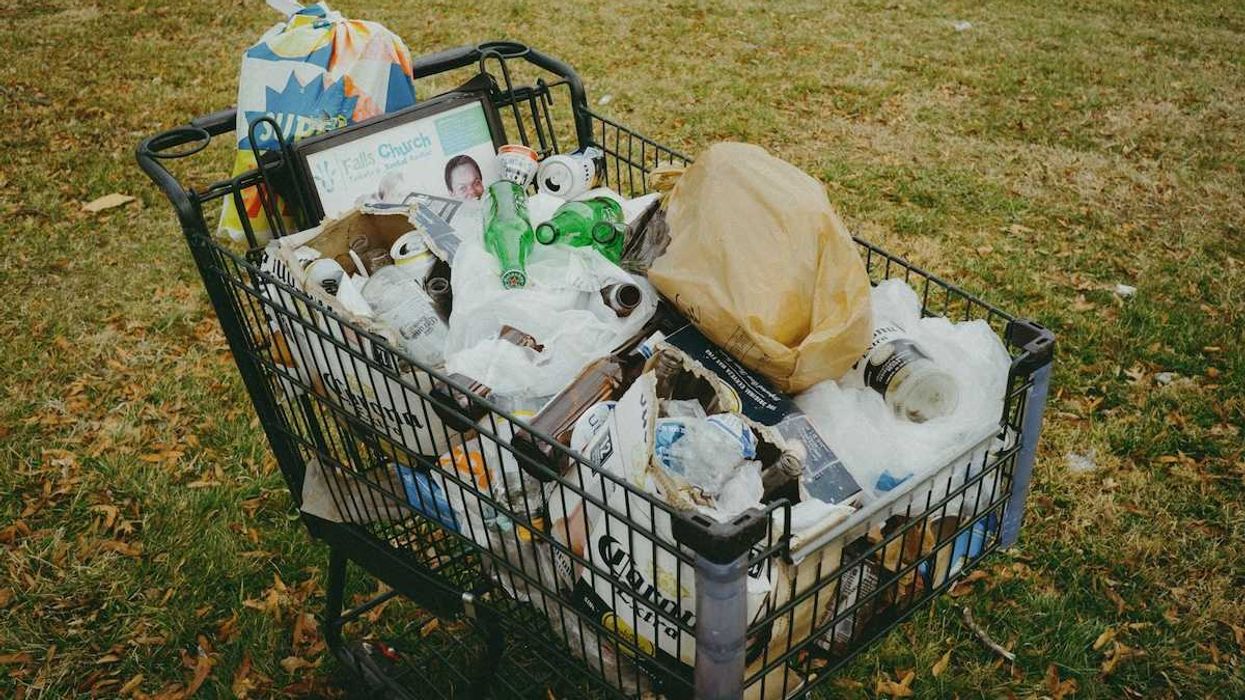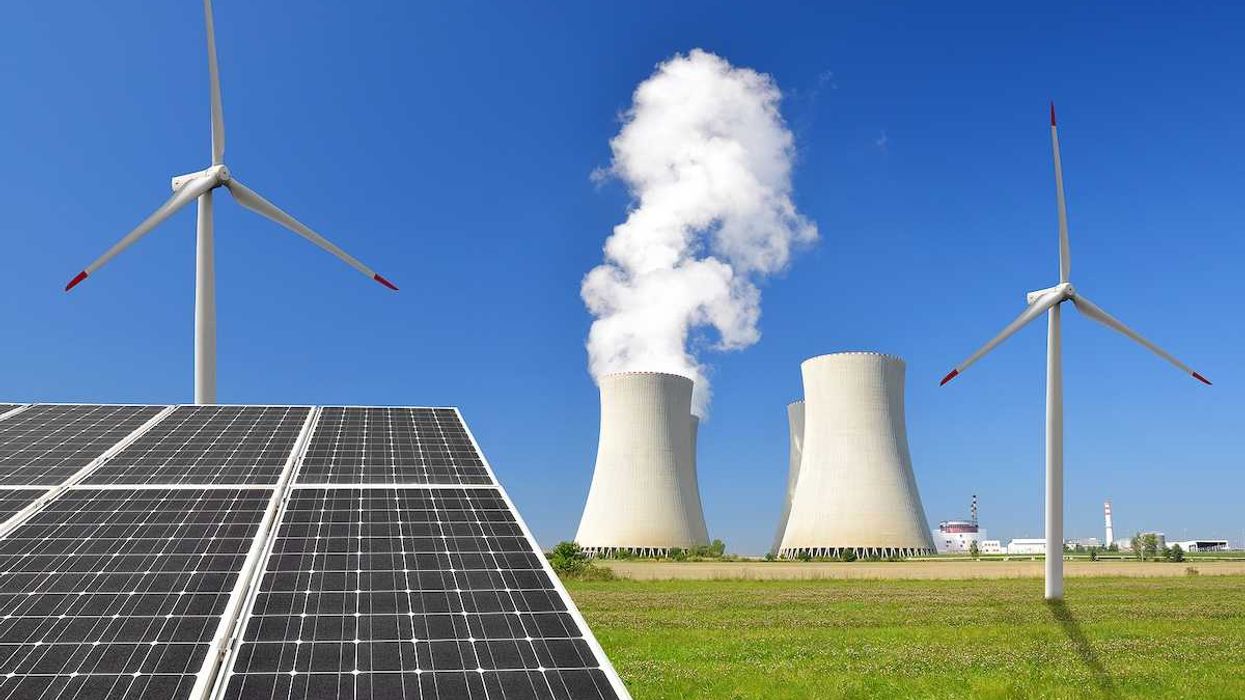A recent study reveals that half of the water in U.S. rivers is at risk of pollution due to weak federal regulations, highlighting a significant gap in Clean Water Act protections.
Sharon Udasin reports for The Hill.
In short:
- Ephemeral streams, which flow only after weather events, account for 55% of U.S. river water but lack federal protection.
- The Supreme Court's ruling in May 2023 excluded these temporary streams from the Clean Water Act, impacting regions differently.
- The study emphasizes that pollution from ephemeral streams can affect downstream waters, necessitating broader regulatory measures.
Key quote:
"The irony is that the federal Clean Water Act was adopted precisely because state and local governments were thought to be doing a poor job of protecting the nation’s waterways."
— Doug Kysar, professor at Yale Law School and study co-author
Why this matters:
The exclusion of ephemeral streams from federal oversight threatens water quality nationwide, posing health risks and undermining ecosystem protections. Addressing this gap is crucial for safeguarding our water resources and public health. More reading: The EPA’s new rule discards science, ignores importance of wetlands and tributaries.














